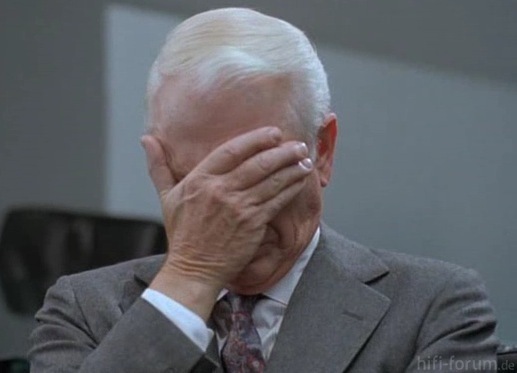leblondboy
Plastic
- Joined
- Jan 5, 2014
- Location
- Va, USA
I made 3 straight edge, 24"x1 1/4" since I was fascinated about how it's made. So, the next question is what do I do with it? Should I use it to make a flat surface? I don't know. What would a hobbyist use this thing for? I am thinking of use 1 of it to make a DIY precision level.


 . Been there, done that, had to re-do the work...
. Been there, done that, had to re-do the work...

